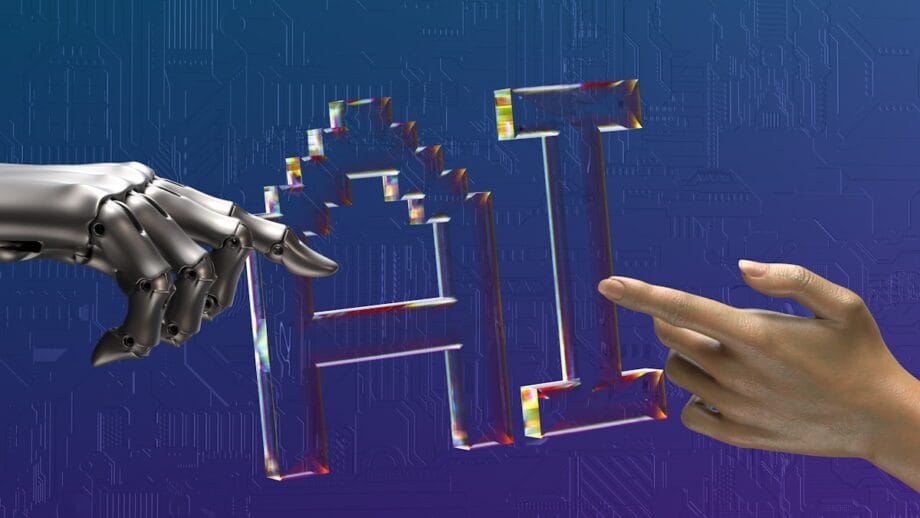As artificial intelligence (AI) rapidly advances with remarkable velocity, financial market strategists are raising cautionary flags regarding its transformative potential on the U.S. economy—a shift that could bewilder the Federal Reserve’s established strategies.
David Zervos, the chief market strategist at Jefferies, underscored this concern in a recent interview, cautioning that the Fed may be underappreciating the disruptive impact of AI on employment, all while lacking the conventional inflationary signals typically observed.
Zervos contends that the productivity enhancements afforded by AI could precipitate substantial job displacement, engendering a reality where economic expansion accelerates in tandem with rising unemployment.
This disconnect, he argues, arises as AI empowers firms to achieve greater output with fewer employees, thus potentially concealing the inherent vulnerabilities within the labor market that the Fed typically utilizes to inform interest rate strategies.
The Paradox of AI Productivity and Fed Complications
Recent insights from the St. Louis Fed corroborate this viewpoint, indicating that workers leveraging generative AI have conserved approximately 5.4% of their hours, which translates into a 1.1% uptick in overall productivity within the workforce.
Such advancements could propel GDP growth in the absence of equivalent job creation, thus complicating the Federal Reserve’s dual objectives of maximizing employment and maintaining price stability.
Jerome Powell, the Federal Reserve Chair, has acknowledged the far-reaching effects of AI, remarking in a recent address that it might eliminate entry-level positions, as reported by various outlets, including Futurism.
Powell’s observations illuminate the role of technology in a cooling labor market, where robust economic indicators persist alongside deteriorating employment data.
Anticipated Disruptions in the Job Market
An examination by Investopedia raises questions about the potential disappearance of jobs as enterprises increasingly embed AI, particularly in sectors such as finance and technology. Discourse on X, formerly Twitter, resonates with this understanding, as users predict significant layoffs in industries like Wall Street, with automation through AI potentially displacing up to 200,000 positions in the forthcoming years.
As we look towards 2025, forecasts from Nexford University suggest that AI will revolutionize roles in data entry, customer service, and even within creative domains, fostering new opportunities while rendering others redundant.
This transition may compel the Federal Reserve to recalibrate its policies, possibly enacting rate cuts to stimulate employment amidst persistent inflation.
Policy Ramifications in Light of Economic Transformations
The Penn Wharton Budget Model anticipates that AI could enhance productivity and GDP by approximately 1.5% by the year 2035, albeit with diminishing growth effects in subsequent years.
This extended perspective positions the Federal Reserve in a challenging predicament—navigating short-term upheavals while grappling with inflationary pressures linked to energy costs driven by AI data facilities, as highlighted in a Medium article regarding U.S. growth dynamics.
Discussions among market participants on X reveal speculation about the Fed’s potential maneuver to lower interest rates in response to rising unemployment, even in the face of sustained inflation, thereby favoring assets such as cryptocurrencies.
However, Zervos warns in a CNBC article that neglecting the ramifications of AI could lead to policy miscalculations, ultimately undermining investor confidence.
Striking a Balance Between Growth and Employment Risks
A recent study from the New York Fed, discussed by Reuters, reveals that although AI adoption has surged, job reductions remain relatively modest for the time being.

Nonetheless, as AI utilization escalates, its effects could become more pronounced, necessitating a reevaluation of traditional economic indicators such as payroll figures in an increasingly AI-centric workforce.
Industry experts forecast that the year 2025 will pose significant challenges to the Federal Reserve’s adaptability, as AI propels trends like remote work, automation, and skill mismatches.
Zervos emphasizes the need for a sophisticated approach to address the “spectacular” growth of AI, ensuring that technological advancements serve to uplift rather than burden the workforce.
Source link: Webpronews.com.






